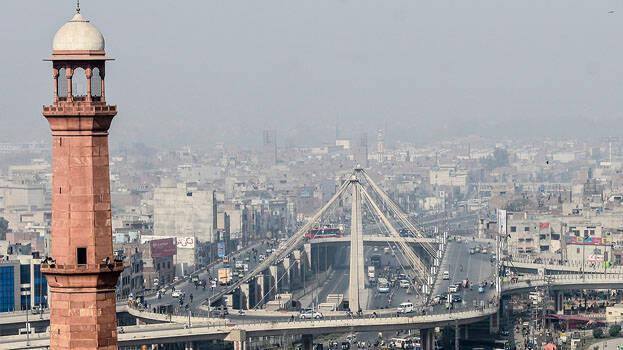

ISLAMABAD: Air pollution is one of the most pressing challenges faced by cities across the globe in the era of global warming and modernization. New Delhi, the capital of India, often grabs headlines for its severe air pollution, but the situation in Pakistan is now even more alarming. Lahore, a major city in Pakistan's Punjab province, currently holds the grim distinction of having the highest air pollution levels in the world.
According to recent data released by the local government, Lahore's Air Quality Index (AQI) has soared to a hazardous 394. This alarming figure has been widely reported by international media outlets. For context, an AQI reading below 50 is considered "good," while 51 to 100 is "moderate." Levels between 101 and 150 are classified as "unhealthy for sensitive groups" and anything above 151 is deemed "unhealthy" for the general population. AQI values over 200 are considered "very unhealthy" and readings above 301 signify a "critical" condition, posing severe health risks to residents.
To tackle the situation, the governments of Pakistan and the Punjab province are planning to induce artificial rainfall to help mitigate the smog and pollution. Punjab Information Minister Asma Bokhari announced the formation of a special task force aimed at visiting pollution-prone areas of Lahore and taking strict action to curb the worsening air quality.